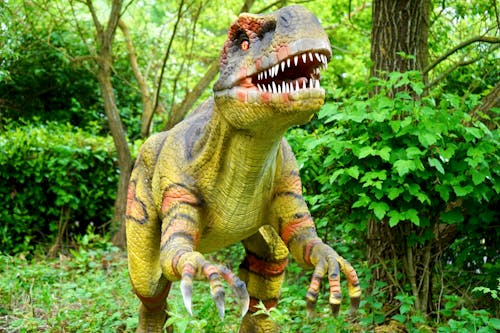"The current extinction of species exceeds that at the end of the Cretaceous period, when the dinosaurs were wiped out. This is the result of an international study conducted by the University of Giessen.
To investigate the pace of extinction and predict the recovery phase, the scientists from the fields of evolutionary biology, paleontology and geology compared today's crisis with the previous fifth mass extinction in Earth's history. It was the result of an asteroid impact 66 million years ago that wiped out about 76 percent of all species on the planet, including entire groups of animals like dinosaurs.
Freshwater organisms are particularly threatened
In their study, the research team focused on freshwater organisms, which are among the most threatened in the world. The scientists collected data on around 3400 fossil and living snail species in Europe from the past 200 million years. Based on this, they estimated the species emergence and extinction rates. They can be used to assess how long it takes to recover from extinction events.
The results of the study, which were published in the journal "Communications Earth & Environment", show: While the extinction rate during the fifth mass extinction was considerably higher than previously assumed for freshwater organisms, it is significantly exceeded by the predicted future extinction rate of the current sixth mass extinction. On average, the predicted rate was about a thousand times what it was during the dinosaur extinction. "As early as 2120, a third of the living freshwater species might disappear," said Thomas Neubauer, lead author of the study. "The rate at which we are losing species today is unprecedented and has not even been achieved in the past during major extinction crises.""


Komentarų nėra:
Rašyti komentarą